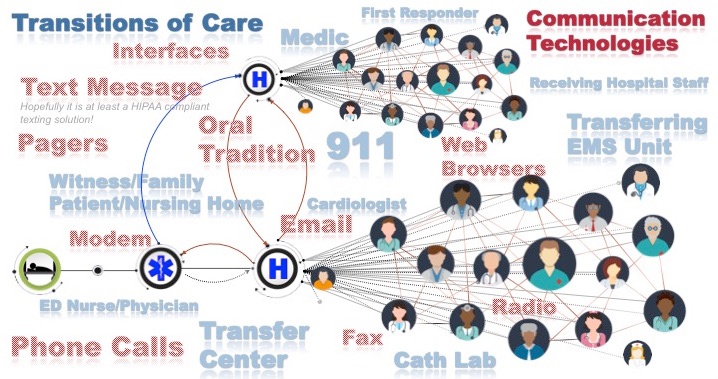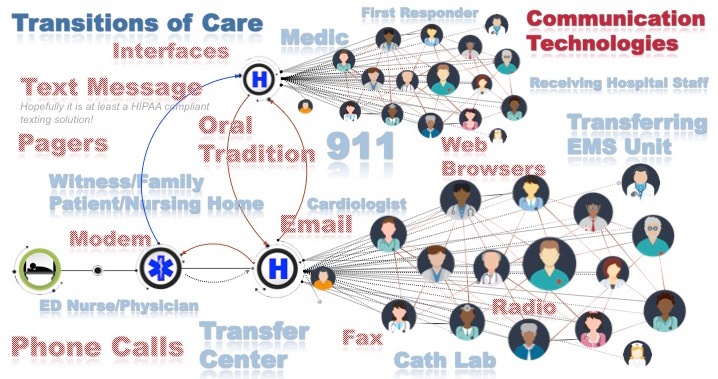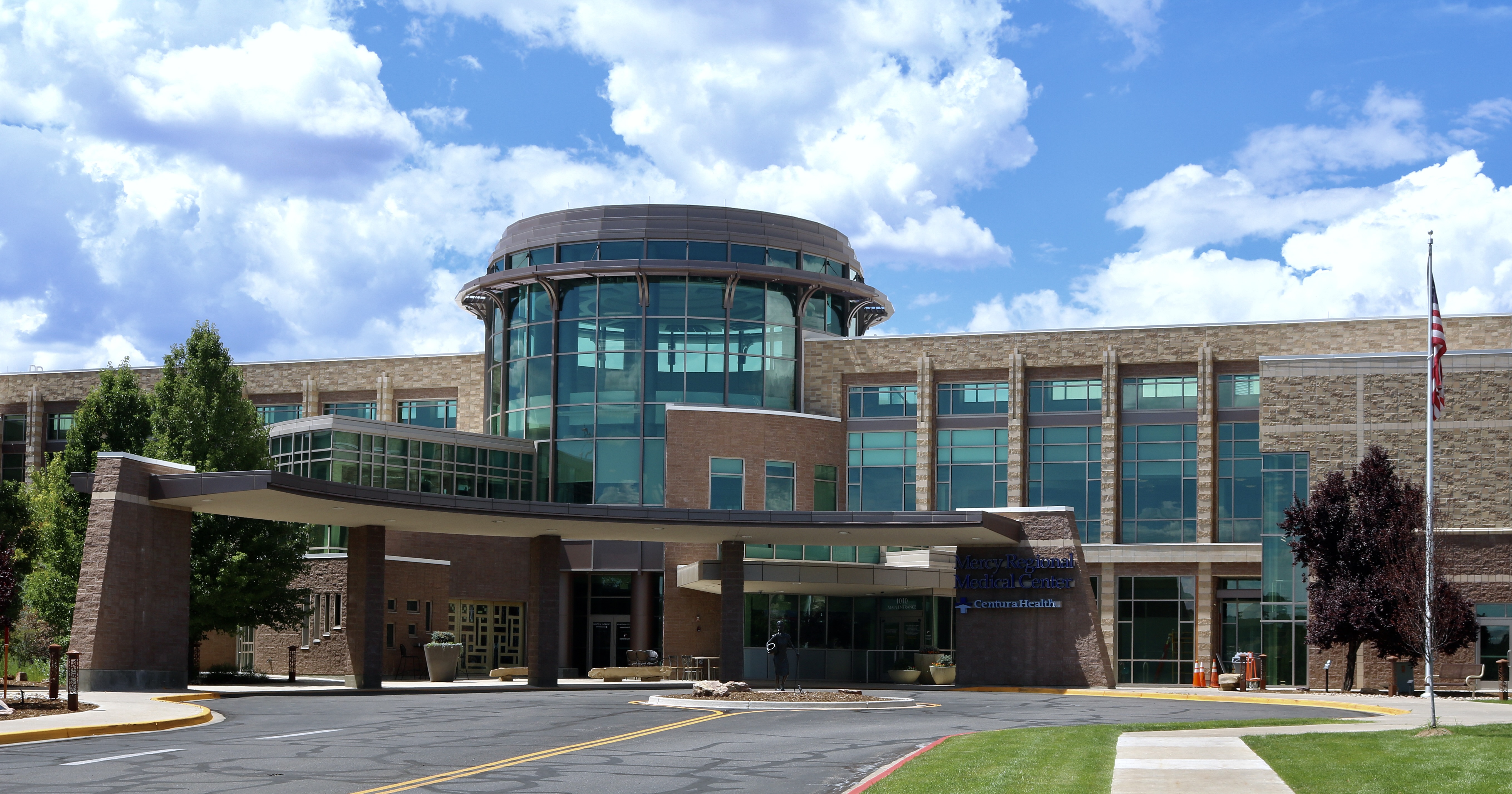QUESTION: How much time (and thereby, myocardium) is lost secondary to inefficient communication? In a
recent article about why we struggle with treating heart attack patients in a timely manner, Dr. Granger nails the heart of the problem, saying “US health care has a lot of great accomplishments and features, but one of its problems is fragmentation, particularly of emergency care.”
Take a look at this diagram and count how many archaic means of communication and care transitions are used in a typical STEMI case:

It's a mess, right? Remember the old camp
Telephone game and how the message at the end was entirely different than it was at the beginning of the game? Sadly, the way we communicate in medicine today - with all of our middle men, numerous old technologies, and slow processes - isn't too different from a game of Telephone. So, it is no wonder there are 400,000 deaths per year and another 10,000 serious medical errors every single day in the US secondary to medical errors and miscommunication. To put it another way, 80% of medical mishaps occur as a result of miscommunication and care transitions.
Why can’t we have
a single communication and care coordination platform for all care team members? We need ONE communication chain, located in ONE place. WHY KEEP REPEATING OUR SAME COMMUNICATIONS OVER AND OVER!?!?! There is a cost to maintaining the status quo. That cost is human life.
Start simplifying your care coordination,
right now.
 James Woodson, MD
James Woodson, MD



![[PRESS RELEASE] Published Research Finds Up to 31% Faster STEMI Treatment Times in Rural Hospital Setting with Pulsara](https://www.pulsara.com/hubfs/_1_website-page-blog-assets/pulsara-hosp-teams-assign-cardio-stemi-rn-1200x701.jpg)

